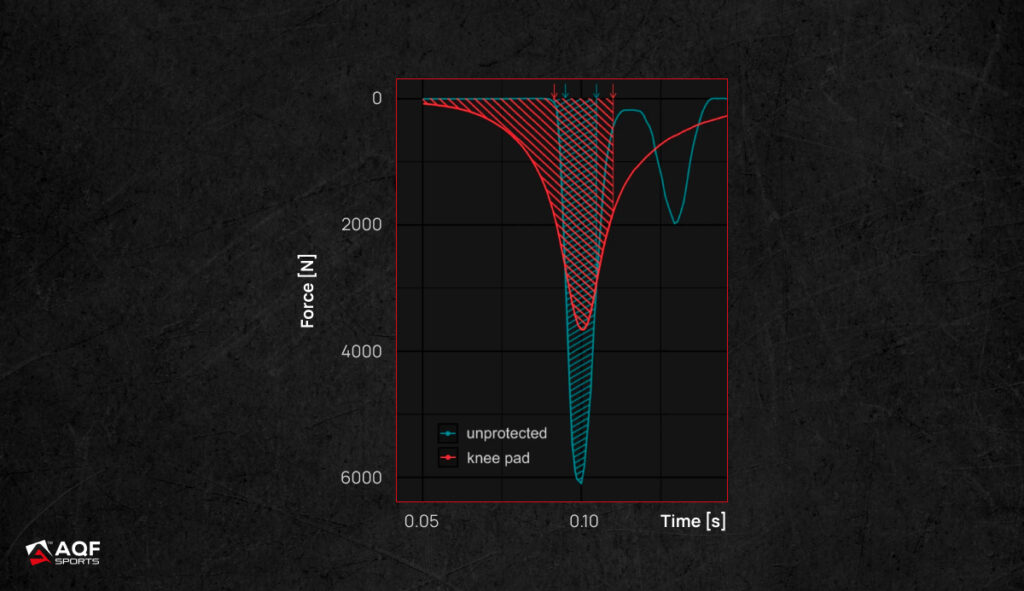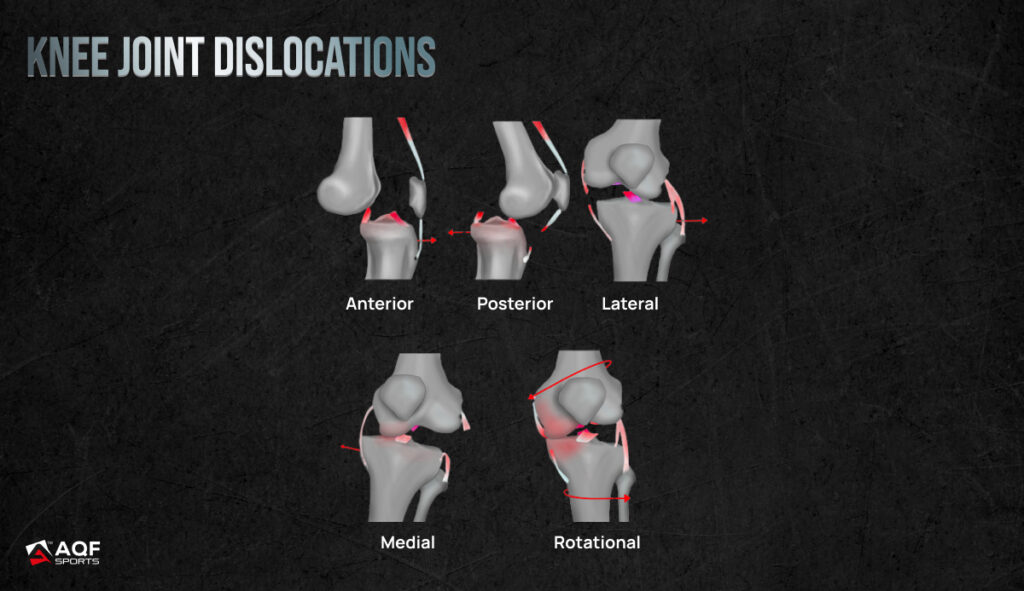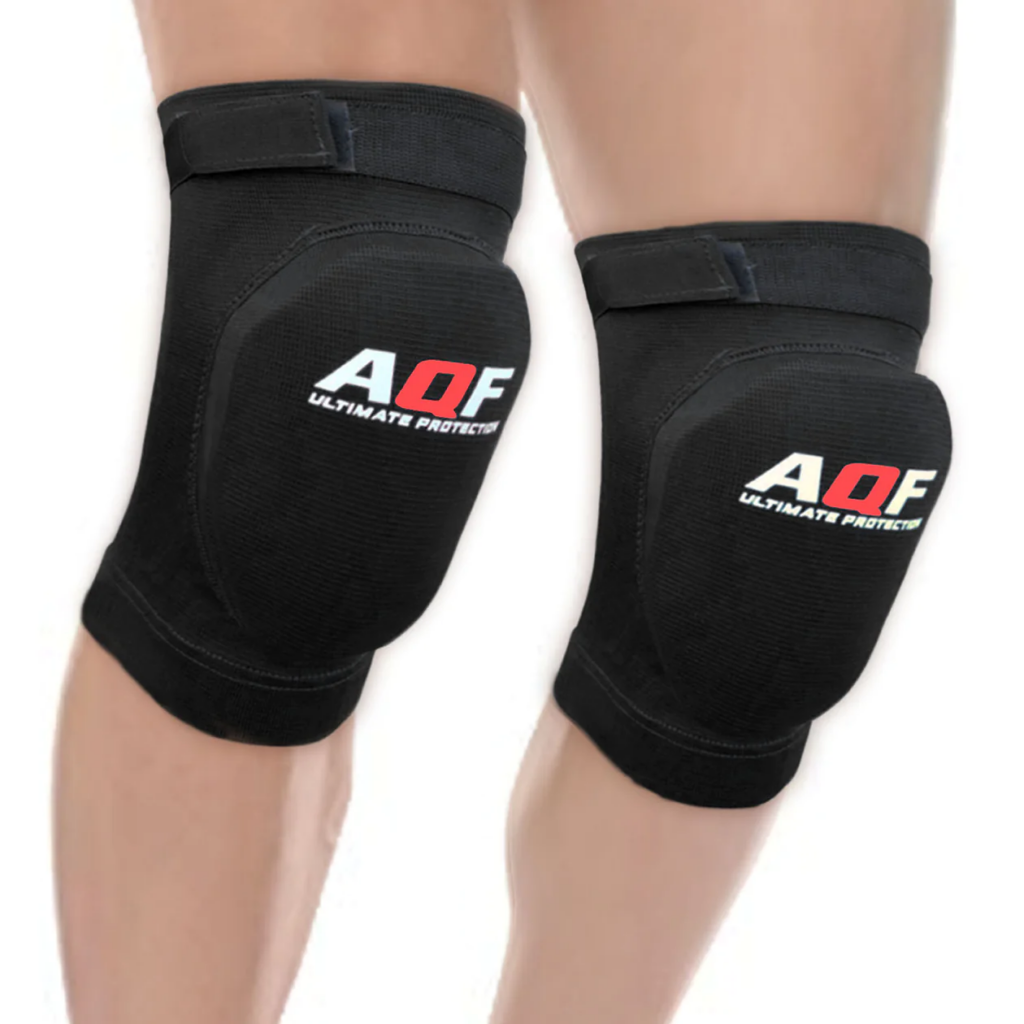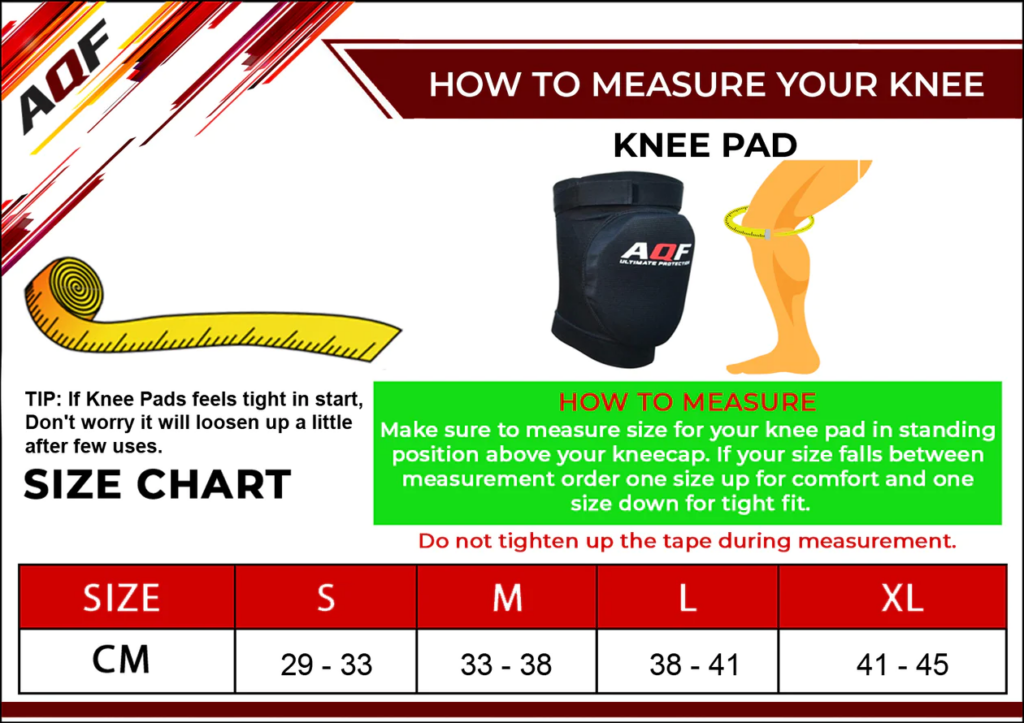Do Knee Pads Help? When to Wear Them?

Do Knee Pads Help? Should you wear them before hitting the gym? Let’s find out!
Knee pads are essential gym protective gear designed to shield your knees during physical activities and workouts. Knee pads consist of cushioned pads which are attached to your knees. The idea is to provide an extra layer of protection and reduce the impact on your knees during squats or lunges.
Knee pads are a game-changer for anyone like me who hits the gym regularly. I used to experience knee discomfort and occasional pain during intense leg workouts. Once I started using knee pads, that discomfort was reduced. Knee pads absorb shock and you can push harder without worrying about your knees.
Do Knee Pads Work?
Researchers did an experiment on 64 human cadaver knee specimens to find out if knee pads really hold up against impact force on high speeds and falls. Turns out, knee pads cut down the impact force by about 15%, which is a big deal [1].
Knee pads act like springs rather than dampers. They soak up some of the hit force, making the blow easier on your knees.

Label: Comparison of impulse (force/time) wearing knee pads vs. unprotected knees. The graph shows more red region and less blue region, which means that without the knee pad (red), there was a higher force applied over time compared to when the knee pad was used (blue). The blue area represents a reduced force, indicating that the knee pad acted as a spring and reduced the impact during the test. This study says knee pads are more than just shock absorbers; they’re like energy managers during high speed, hard blows.
Another study reports that Knee pads reduce knee injuries by 56% in atheletes [1].
Who can Wear Knee Pads?
Other gym-goers, athletes, skateboarders, construction workers, and even gardeners use knee pads to safeguard their knees from potential injuries. You can also wear knee pads during mountain climbing, trekking, jogging and sports. These pads minimize wear and tear on the knees and boost confidence during physical activities.

Knee Pads Design
A typical knee pad comprises a cushioned pad that covers your kneecap and surrounding areas. Knee pads are made from foam, gel, or rubber to provide comfort and impact absorption. Knee pads have straps or a closure system which are used to secure them snuggly on top of your knee.
Knee pads completely cover your knee caps and surrounding areas to protect the knee joint from impacts, abrasions, or strain during physical activities. The padding is strategically placed to absorb shocks, and reduce stress on the knee during kneeling, squatting, or jumping.
Suggested Read: Jumping Rope and Weight Loss: What Does Jump Roping Do to Your Body?
Some knee pads feature a sleeve design, which resembles a fabric tube that slides over the knee. These sleeves have protective padding or reinforced EVA materials.
The choice about knee pad materials and closure systems depends on intended use. For example, sports knee pads have additional features like moisture-wicking fabrics, while construction knee pads are made to withstand external elements.

When to Wear Knee Pads?
Gym Workouts:
When you’re pushing heavy weights during leg day, knee pads offer that extra layer of defense, preventing discomfort and potential injuries.
Suggested Read: How To Lift Heavier Weights: Mistakes To Avoid & Tips To Follow
Knee pads provide crucial protection during activities like squats and lunges, absorbing the impact and reducing stress on your knees.
Sports Activities:
Imagine playing a fierce game of basketball. Going for a layup or diving for a loose ball becomes less daunting when your knees have that protective buffer.
Whether it’s basketball, volleyball, or any sport involving sudden stops and jumps, knee pads act as a shield against impacts and abrasions.

Skateboarding and Rollerblading:
You’re attempting a new trick on your skateboard. If things go south, those knee pads are the difference between a minor stumble and a painful knee scrape.
Knee pads are a must for skaters. They guard against falls and scrapes, crucial when attempting tricks or navigating challenging terrain.
Construction and DIY Projects:
Imagine working on your knees to lay tiles or fix something under a sink. Knee pads keep you comfortable and shield your knees from the floor or hard surfaces.
For professionals or DIY enthusiasts, knee pads offer essential protection against hard surfaces and potential impacts.
Biking:
When you’re tearing down a mountain trail on your bike. A sudden rock or unexpected turn could lead to a spill, and knee pads are there to minimize the impact on your knees.
During mountain biking or BMX riding, knee pads provide a crucial layer of protection against falls and collisions.
Gardening:
Kneeling and crouching during gardening strains your knees. Knee pads offer comfort and protection against dirt and hard surfaces.
Spending an afternoon planting flowers or weeding is more enjoyable when your knees aren’t constantly reminding you of the strain.
Dance and Aerobics:
In dance or aerobic exercises, knee pads provide support during jumps and floor movements, preventing soreness and potential injuries.
Knee pads allow you to give it your all without worrying about the impact on your knees.
Knee Pads for MMA: Why They Matter
Did you know? A study reports that head, face and foot are the most common injuries in MMA? On the other hand, elbow and knee joints are most vulnerable during Judo and Jiu-Jitsu training. [3]

In MMA, knee pads are like your unsung heroes. Here’s why:
Taking the Hit Like a Champ:
MMA involves a lot of ground action. Knee pads cushion the blows during ground and pound, protecting you and your opponents from brutal knockdowns.
Knee Joint Protection:
Knee strikes are quite common MMA techniques. With knee pads, you’ve got added protection for your knees during those intense striking moments.
Think About It: Your opponent throws a knee strike, and your knee is vulnerable to strong blows. The Knee absorbs the impact and protects your knee joint from fractures.

Move Like a Ninja:
MMA is all about quick movements. Knee pads designed for MMA not only protect but also flex with your every move, ensuring you’re agile and comfortable.
Whether you’re shooting for a takedown or dancing around, the knee pads move with you, giving you that extra boost of confidence.
No More Mat Burns:
Grappling on the mat can sometimes lead to annoying burns. Knee pads act as your barrier, preventing these mat-induced skin irritations.
Picture this: You’re rolling on the ground and your knees are bound to scrap. The knee pads keep your skin safe from the mat’s rough side, letting you focus on your technique.
How to Measure Knee Pads Size?

In a Nutshell
Knee pads act as shock-absorbent to protect your knees during workouts and other intense physical activities. Be it weightlifting or skateboarding, knee pads prevent knee strain and injuries effectively. Moreover, knee pads are a must-have in MMA as they protect your knees during the action-packed mixed martial arts training and competition.
Explore More Topics
- Wide Grip Vs Close Grip Pull Ups – Which is More Effective?
- Knee Wraps vs Knee Sleeves: Yes! They Are Different
- Wrist Straps vs Wrist Wraps – Everything There Is to Know!
- Figure 8 Lifting Straps vs Normal Straps! Which Is Best For You?
References
[1] Force, impulse and energy during falling with and without knee protection: an in-vitro study – Nature Journal
[2] Use of Discretionary Protective Equipment and Rate of Lower Extremity Injury in High School Athletes – American Journal of Epidemeology
[3] Injuries Sustained by the Mixed Martial Arts Athlete – Sports Health Journal






